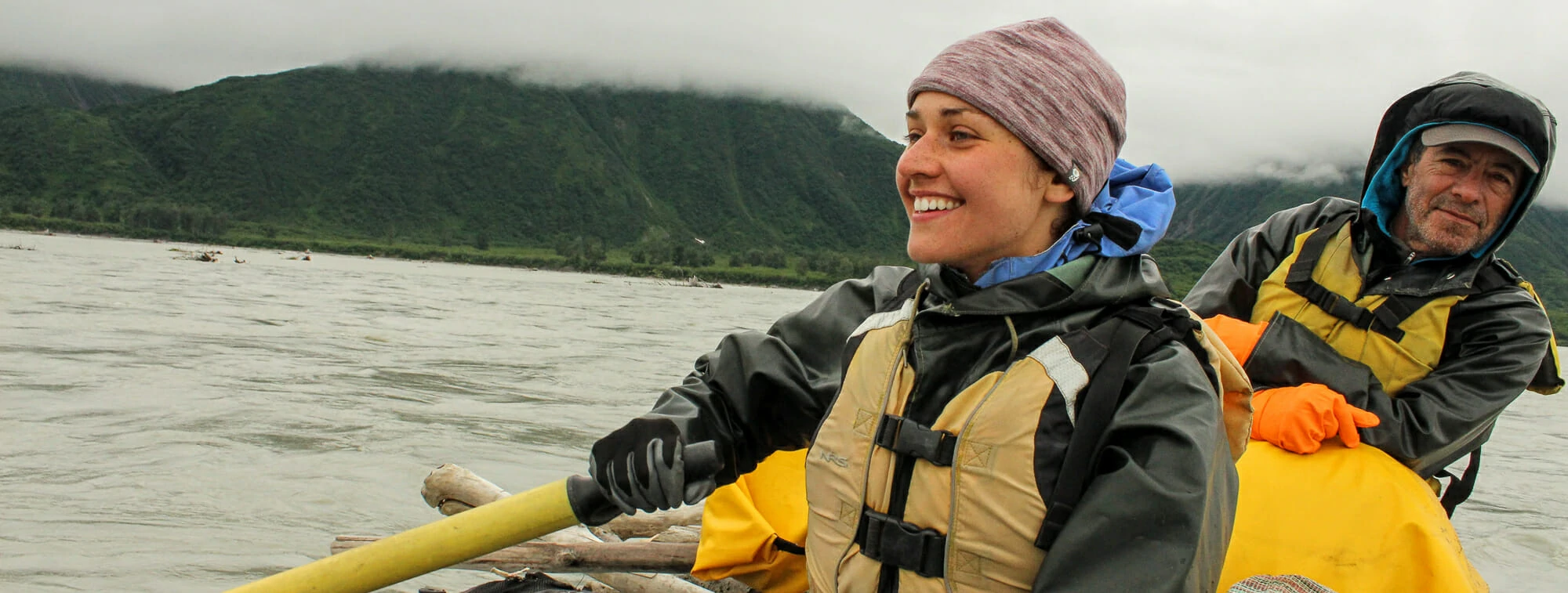
ARCTIC WILDRafting
2025
2026
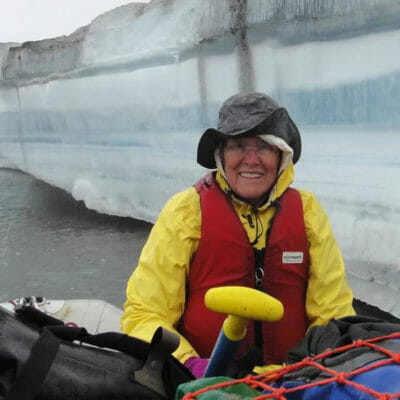
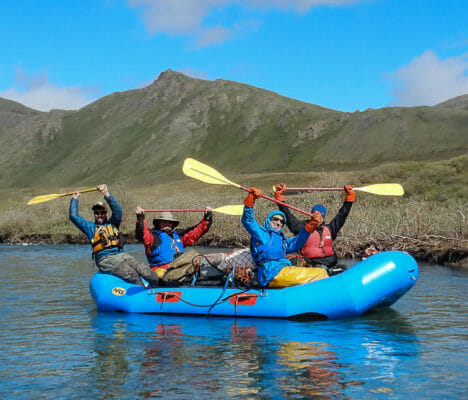
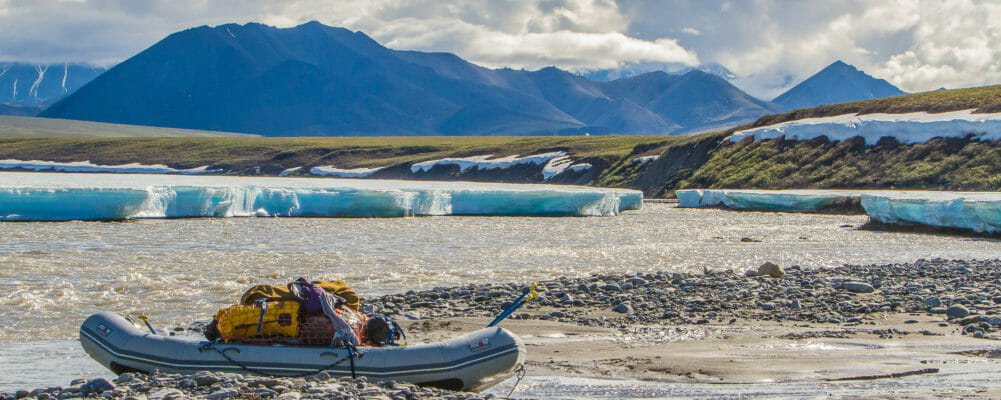
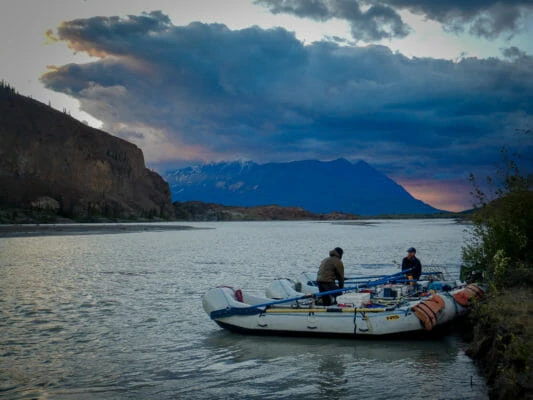
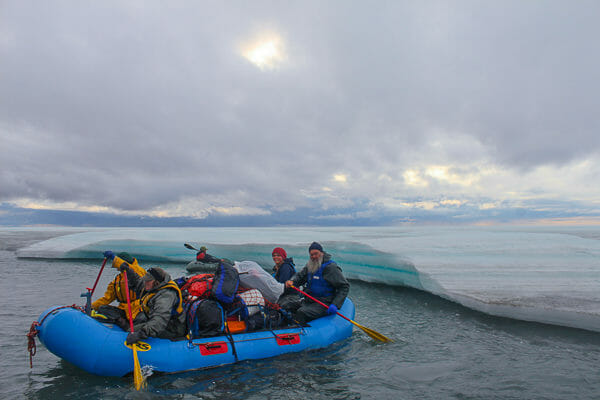
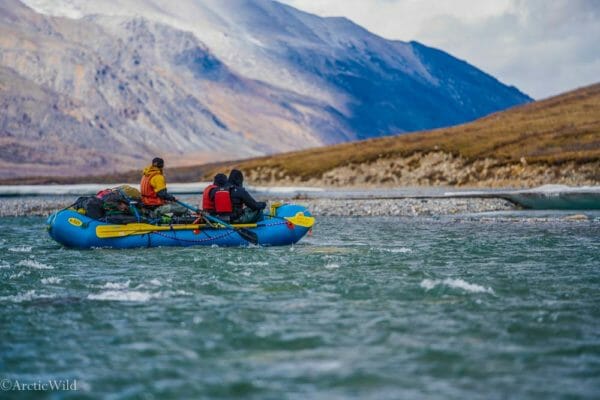
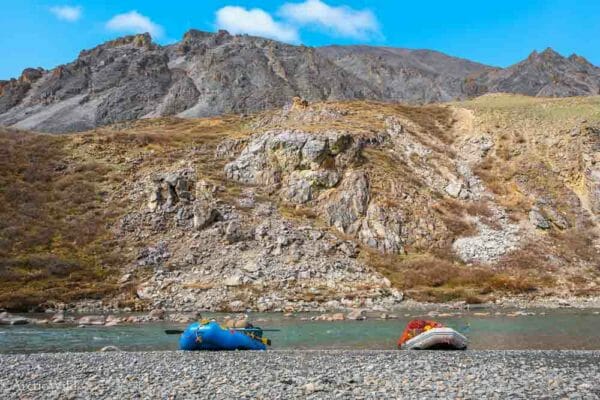
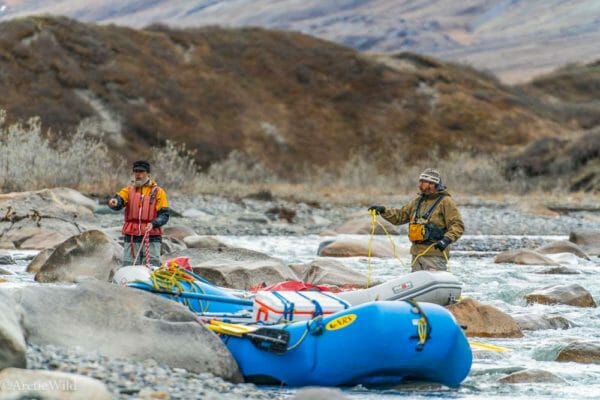
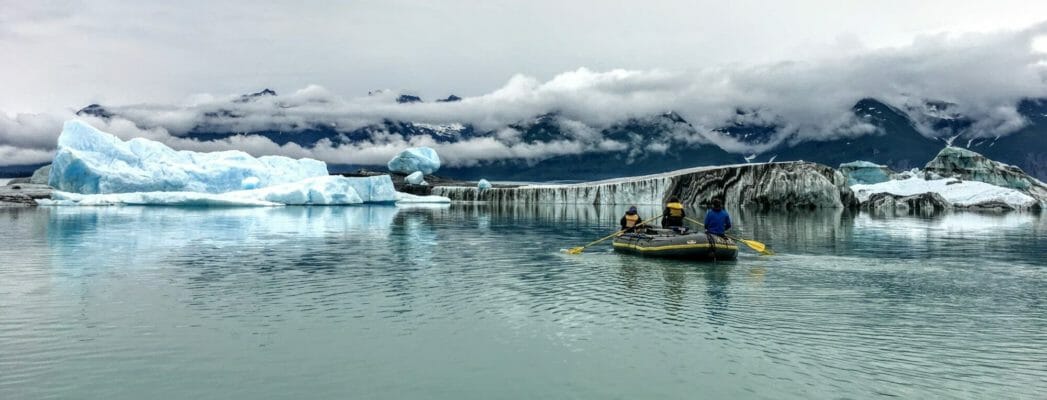


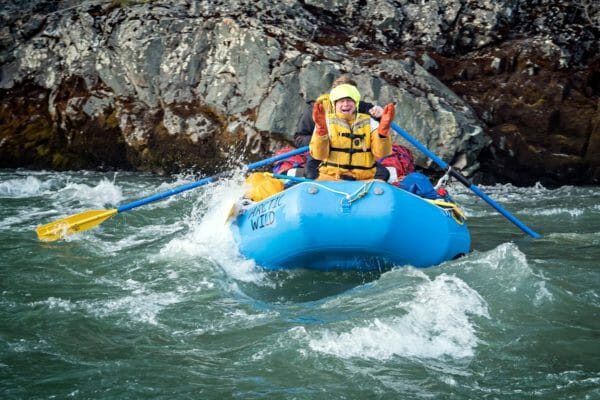
Rafting
Alaska rafting trips in the Gates of the Arctic National Park and the Arctic National Wildlife Refuge allow you to take in great sweeps of the Alaska wilderness with relative ease. From the Kongakut River to the Charley River, Arctic Wild has the perfect Alaska rafting trip for you.
What to Expect from Our Rafting Trips
On our Brooks Range rafting trips we generally use 12 foot-long paddle-rafts. Each raft includes an Arctic Wild guide and either two or three paddlers. We plan our Alaska rafting trips for maximum wildlife viewing and scenery.
Generally our river trips are better suited for those seeking a wilderness experience rather than an adrenaline rush. If you are looking for an Alaska whitewater rafting trip,with Class II or Class III rapids, consider the Hulahula, or the Charley River trips.
On “travel days”, everyone works as a team to load and unload the rafts and maneuver safely down the river. Paddle-rafts allow every passenger to be actively involved in navigating and rafting the river. Some days may have challenging whitewater rafting but there is always ample time allowed for leisurely picnic lunches and exploration. Our Alaska rafting trips frequently include one, two, or three layover days, spent hiking, relaxing, or both.
How to Prepare for Alaska Rafting
No experience or training is necessary to enjoy an Alaska rafting trip, though being in decent shape physically will increase your enjoyment of the experience. Whether preparing for a float down the Kongakut River or one of our whitewater rafting adventures, we will provide you with advice on personal equipment, reading lists or anything else you need to make your Alaska adventure safe and fun.

I did not just have a good time I had a fantastic time.
Our guide was just wonderful. Lot’s of quiet patience, quiet expertise and a wonderful disposition, all of which made my Arctic Wild rafting experience down the Kongakut one of the most memorable of my lifetime.








